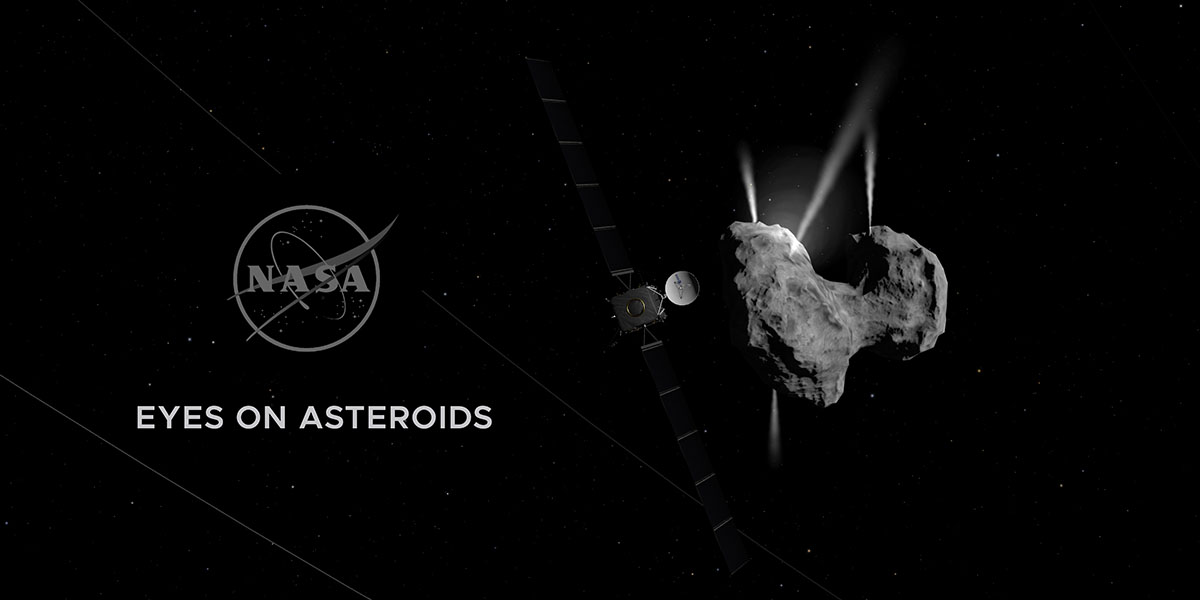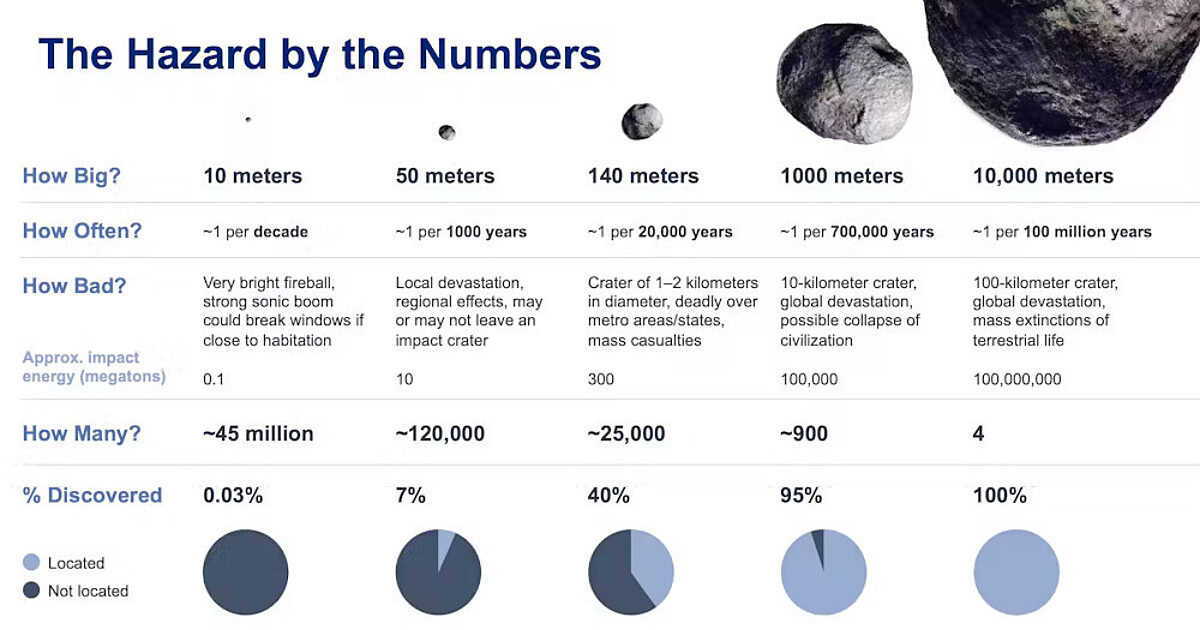- Oct 20, 2022
- 7,956
The size of a football pitch, near-Earth Asteroid 2024 YR4 was first spotted by a telescope in Chile. Since the start of January, astronomers have been tracking the asteroid to gauge its size and movement. Initially it was thought to present a 1 in 83 chance of a direct hit now scientists have increased risk to a 1 in 67.
Passed Earth last week and due to return on 22nd December 2032.
Hardly a potential extinction event but could flatten a city and fell a forest or two.


 news.sky.com
news.sky.com
Asteroids can be tracked live on the Nasa tracking site.

 eyes.nasa.gov
eyes.nasa.gov
Some great background here - The Tunguska event (an asteroid that didn’t even hit Earth but exploded before impact) and DART (Double Asteroid Redirect Test) that trialed hitting an asteroid off it’s trajectory in September 2022.
https://earthsky.org/space/what-is-the-tunguska-explosion/#:~:text=Scientists%20determined%20the%20object%20was,10%20km)%20above%20Earth's%20surface.
Passed Earth last week and due to return on 22nd December 2032.
Hardly a potential extinction event but could flatten a city and fell a forest or two.

Nuclear weapon could be used to defend Earth from asteroid 2024 YR4, astronomer says
The measure could be taken to divert a space rock being monitored by the European Space Agency, which is expected to cross the planet's orbit in December 2032.
Asteroids can be tracked live on the Nasa tracking site.

Eyes on Asteroids - NASA/JPL
Explore the 3D world of Asteroids, Comets and NEOs. Learn about past and future missions, tracking and predicting orbits, and close approaches to Earth.
Some great background here - The Tunguska event (an asteroid that didn’t even hit Earth but exploded before impact) and DART (Double Asteroid Redirect Test) that trialed hitting an asteroid off it’s trajectory in September 2022.
https://earthsky.org/space/what-is-the-tunguska-explosion/#:~:text=Scientists%20determined%20the%20object%20was,10%20km)%20above%20Earth's%20surface.




